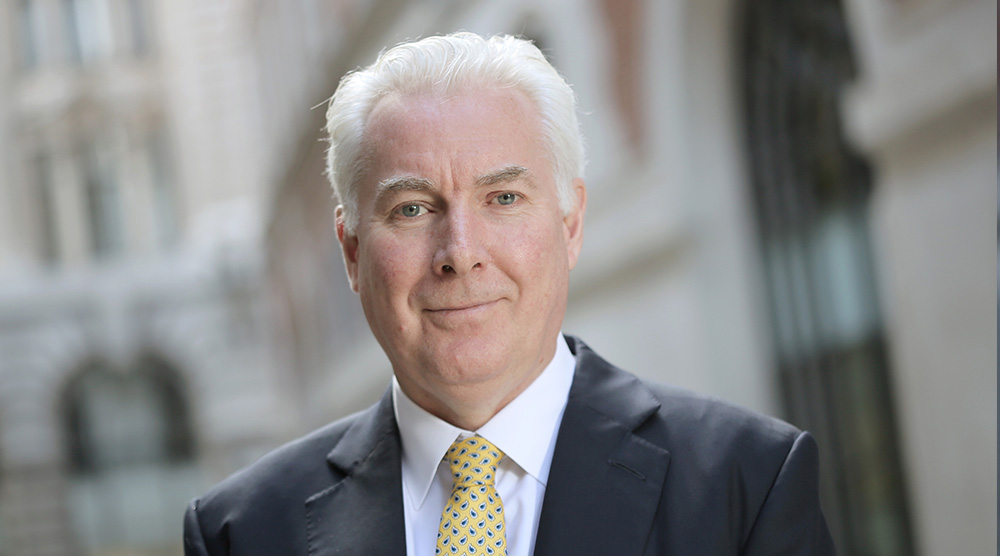Over the past few years I have led Calastone’s Innovation Team on an ambitious journey to develop a new blockchain-enabled, fully digital, shared infrastructure for the funds industry. This journey led us to create our Distributed Market Infrastructure (DMI), which we are excited to be launching in May this year. Distributed Ledger Technology (DLT) has so much potential to offer the funds industry and I am proud to say that when we launch, we will connect the largest community of global financial organisations using blockchain.
In January and February, we hosted a series of events across the globe, where we introduced the DMI to our clients and looked at its current and future potential. So, what does the DMI actually mean for the funds ecosystem?
The DMI will create a fully digital funds marketplace creating a fully mutualised, common infrastructure for all participants. In moving from a transaction state environment to a market state, normalised through smart contracts, clients can enhance the services they use today, such as orders and settlements, and also take advantage of a range of new services, such as our new fully automated Sub-register.
The capabilities of the DMI are akin to that of a smartphone versus a traditional mobile phone. In the way the smartphone opened a new world beyond just calling and texting for the mobile phone industry, the DMI will bring a huge range of new opportunities and services in funds. It will not just be about routing orders, but creating new business models.
Duplication duplication duplication…
Today’s operating model and end-to-end transactional processes are slow and convoluted, and much of the information shared across the transaction chain is duplicated. Information is shared linearly, with trades hitting many points throughout the lifecycle. This means that multiple reconciliation, settlement and payment teams across a fund business’ organisation are required to do huge amounts of work, while updating the multiple times. The same data is continually reconciled, often by different teams within the same business.
The process is so complex and confused that any order reference including the placement of an order can be lost once it hits the fund provider. However this is not just an issue within an organisation’s teams, the entire market suffers as the data flows through an IFA, platform, TA and fund manager.
What does the DMI offer from Day 1?
The DMI moves the market away from this linear information flow based on messaging onto a shared ledger. Through this, we have created an ecosystem where everyone can access and use the same immutable, global database to transact. Data doesn’t need to be manually sent and validated across different teams and organisations, as the state change is visible instantly to all relevant parties as the data ripples across the entire transaction chain.
At launch, we are offering enhanced Order Routing and Settlement services, and a new service, the Sub-register. The Sub-register is designed specifically for funds, and is updated by all trading activity, as well as the statement of transactions we receive from the fund provider. This means that distributors will have the opportunity to reconcile with their counterparties at a holding or transaction level on demand, meaning no ad-hoc requests from fund providers or TAs.
Our enhanced DMI Order Routing service will give clients full visibility of all Calastone trades, as well as those trades recorded on your statement of transactions. This will enable a full, real-time picture of all trading activity. For Settlements, the DMI will provide global payment projections while ensuring that the sub-register is updated at point of settlement, ensuring there is no need to reconcile the trades between teams, while providing global payment projections.
What does the future hold for the DMI?
As we expand and develop the DMI, there is so much more we can do with the technology. For settlements, we will be able to leverage smart contracts to help automate cross-border multi bank payments. What this means is that if you have two trading accounts, settled via different banks, the DMI can set up payment instructions to send to those corresponding banks.
In the future, the DMI has the potential to offer full visibility of trades for many more participants of the value chain, such as fund accountants, IFAs and custodians. For fund accountants, this would mean that when they price an ISIN, that information would ripple through the relevant trades down the entire trade chain. For an IFA, this would mean they could track aggregated trades from placement at the end investor to settled with the fund provider with one unique order reference.
The DMI could also enable for smoother transfers, and the ability to create fully electronic share classes offering minimal processing costs. Micro investing, for example could become more viable and scalable option.
There is much to look forward to with the introduction of this new technology into the market. If you missed our recent DMI events, I encourage you to view the recording through this link. If you would like to learn more about the capabilities of the DMI, please fill in the form below and we can arrange a demonstration for you, where we are able to show you precisely how the DMI works by showing your flow operating on the new infrastructure.











